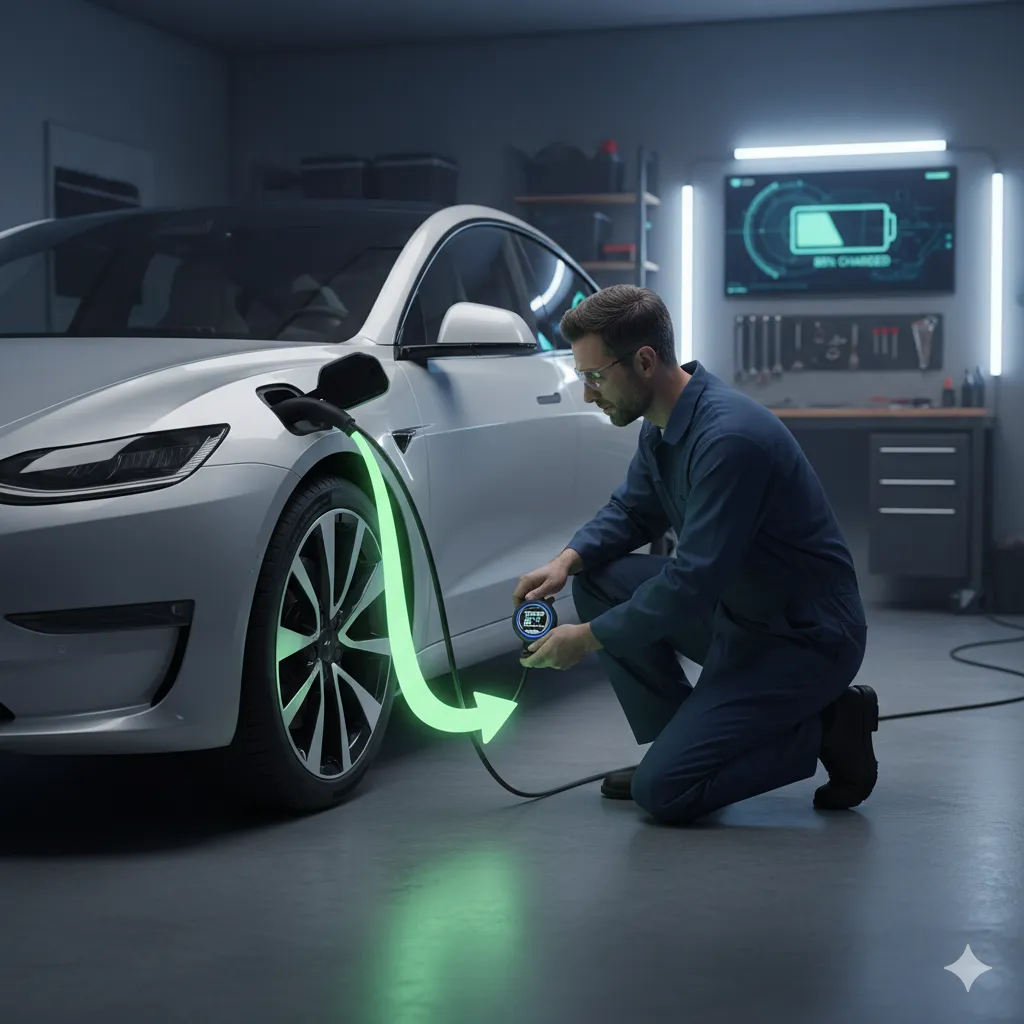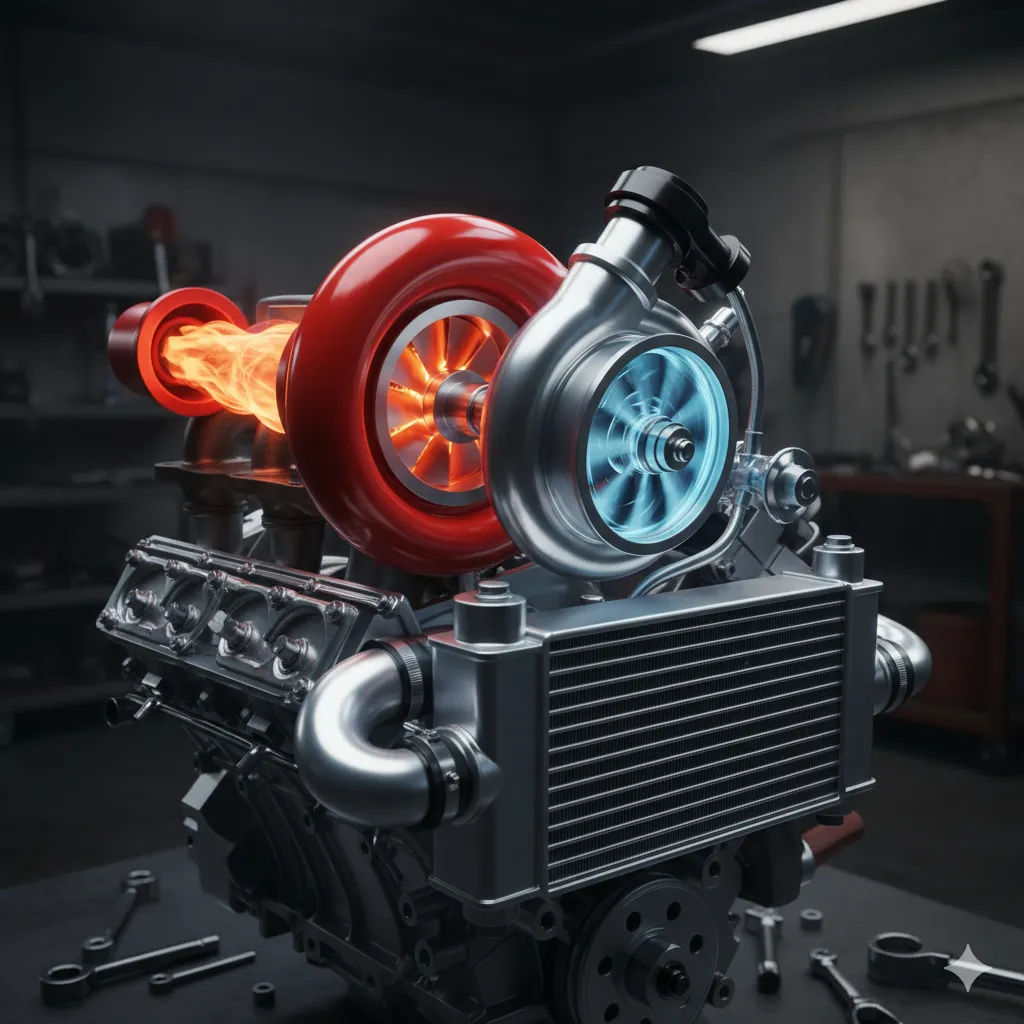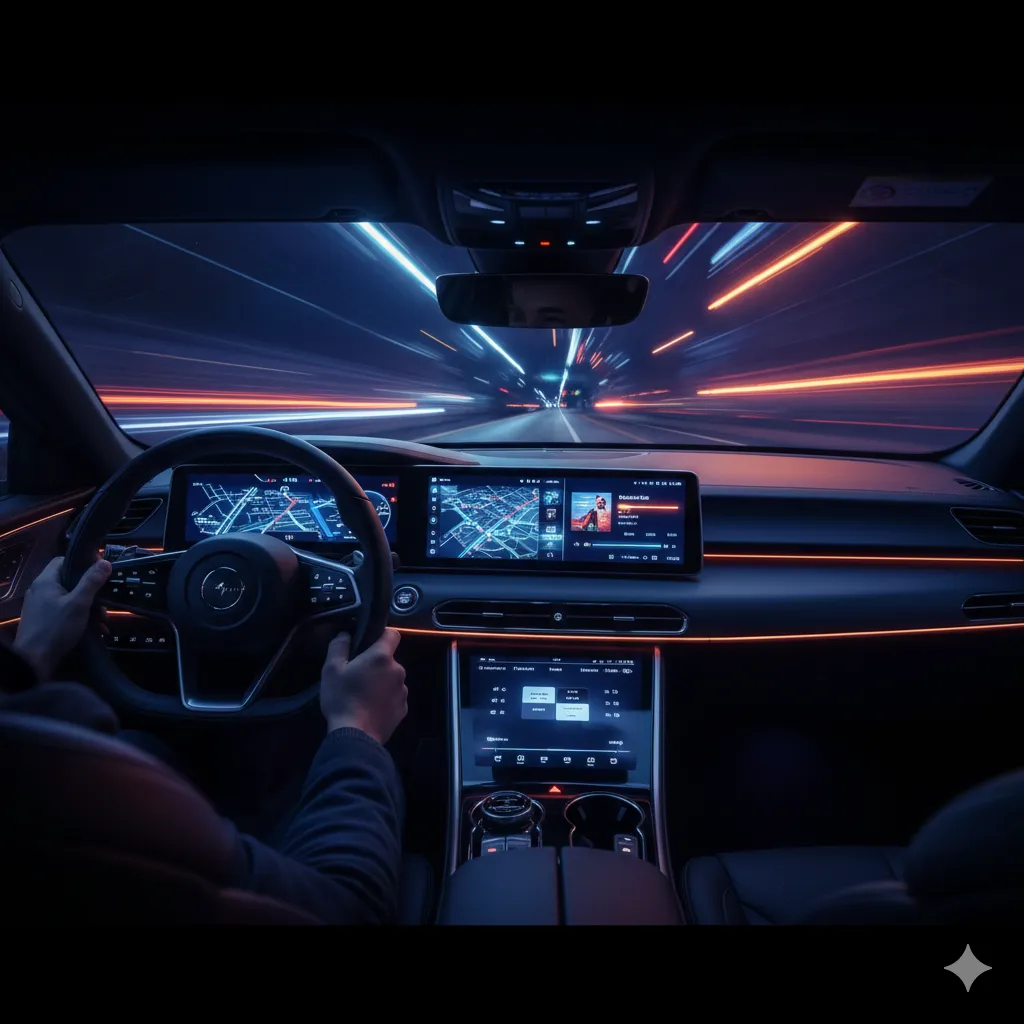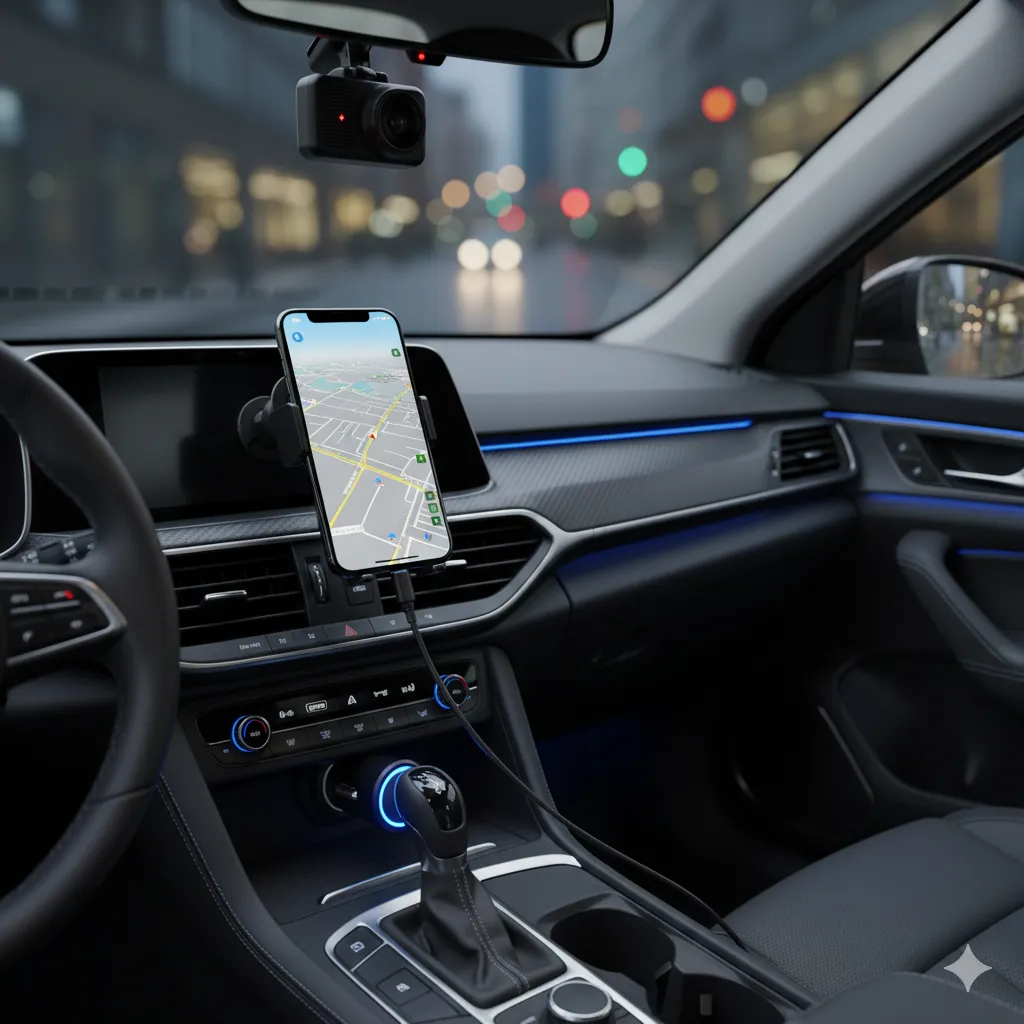
EV Maintenance Made Easy: Essential Tips for Owners
Electric Vehicle Maintenance: Your Guide to a Longer-Lasting EV
Electric Vehicles (EVs) are rewriting the rulebook on car ownership. With their streamlined, fewer-moving-parts design, they eliminate the need for common, recurring headaches like oil changes, spark plug replacements, and complex exhaust system maintenance. This shift makes EV maintenance dramatically simpler and often less expensive than maintaining a traditional Internal Combustion Engine (ICE) vehicle.
However, "simpler" doesn't mean "no maintenance." To maximize your electric car’s performance, range, and longevity, you must focus on a few key areas that are unique to or significantly different in the electric ecosystem. This guide provides the essential EV maintenance tips every owner needs to master to ensure their electric vehicle—the future of transport—stays in peak condition for years to come.
The Heart of the EV: Battery Health Management (H2)
The high-voltage battery pack is the single most critical and expensive component of your electric vehicle. Proper care of this traction battery is the foundation of smart EV ownership and the most important of all EV maintenance tips.
The Golden Rule of EV Charging (H3)
One of the best ways to preserve the lifespan of your lithium-ion battery is by managing its State of Charge (SoC).
-
Daily Driving Range (20% to 80%): For regular, daily commuting and errands, aim to keep your battery charged between 20% and 80%. Operating within this mid-range reduces stress on the battery cells, significantly improving their long-term health and capacity.
-
Reserve 100% for Trips: Only charge to 100% when you know you will be immediately using that full range for a long road trip. Leaving the battery at 100% for extended periods can accelerate degradation.
-
Avoid Extreme Lows: Just as you avoid 100%, try not to let the charge drop below 20% frequently, as deep discharges stress the battery.
Charging Speed and Temperature (H3)
How and where you charge also plays a role in electric car battery longevity.
-
Limit DC Fast Charging: DC Fast Charging (Level 3 or Supercharging) generates significant heat. While convenient for long journeys, relying on it daily can put more strain on the battery pack. Prioritize Level 1 (standard wall outlet) or Level 2 (home/public charger) charging for your routine needs.
-
Preconditioning is Key: Use your EV's preconditioning features, especially in extreme hot or cold weather. Preconditioning warms or cools the battery to an optimal temperature while still plugged in, which uses grid power instead of the battery's stored energy. This reduces the energy needed for thermal management while driving, boosting your range and protecting the battery.
-
Mind the Climate: Whenever possible, park your EV in a shaded or covered area during extreme heat and a garage during deep cold to help the thermal management system maintain a stable, ideal temperature.
Rolling Essentials: Tire and Brake Care (H2)
While electric cars may not need oil changes, they are notoriously tough on tires and still rely on their mechanical brakes when needed.
Tire Maintenance: More Important Than Ever (H3)
Electric cars, particularly those with a large battery pack, are significantly heavier than their ICE counterparts. This extra mass, combined with the instant, high torque of electric motors, puts considerable stress on tires, leading to faster wear.
-
Frequent Tire Rotation: Stick strictly to your manufacturer's recommendation for tire rotation, typically every 5,000 to 7,500 miles. Regular rotation is vital for ensuring even wear and maximizing the lifespan of your EV tires.
-
Check Pressure Monthly: Maintain the correct tire pressure as specified on the sticker inside your driver's side doorjamb. Under-inflated tires will not only wear faster but will also drastically reduce your driving range and energy efficiency.
-
Professional Alignment: Due to the added weight and quick acceleration, keep your wheel alignment up-to-date, especially after hitting a large pothole. Proper alignment protects your tires and the suspension components.
Brake System Longevity (H3)
This is one of the most surprising electric vehicle maintenance benefits. EVs use regenerative braking to slow down, which captures energy and sends it back to the battery. This process is so effective that it drastically reduces the need for the mechanical friction brakes.
-
Longer Pad Life, Different Problem: Your brake pads and rotors will last much longer—often well over 100,000 miles. However, because they are used less, the mechanical brakes can become susceptible to rust and corrosion, especially in regions that use road salt.
-
Regular Inspection and Use: Have a technician inspect, clean, and lubricate the brake calipers and components annually. It’s also wise to use the friction brakes (i.e., apply them firmly but safely) every so often to clean off any surface rust that may be building up.
-
Brake Fluid: Even with regenerative braking, the brake fluid still needs to be replaced according to the manufacturer's schedule (typically every 2–3 years) because it is hydroscopic, meaning it absorbs moisture over time, which compromises braking performance.
Routine Inspections and Smart Habits (H2)
Beyond the big components, a few simple, regular checks will keep your EV performing at its best.
Fluids, Filters, and Wipers (H3)
-
Coolant System Checks: EVs rely on coolant to regulate the temperature of the battery pack and sometimes the motor. Check your coolant levels according to the owner's manual. This is a critical task, as overheating can cause severe battery damage.
-
Cabin Air Filter: Just like any other car, your EV has a cabin air filter. Replace it yearly or according to the manual (usually every 15,000 to 20,000 miles) to ensure clean, fresh air inside the cabin and efficient operation of the climate control system.
-
Wiper Blades and Washer Fluid: These items are universal! Check your washer fluid level monthly and replace wiper blades every 6 to 12 months, or when streaks appear.
Software and Charging Port Care (H3)
-
Over-the-Air Software Updates (OTA): Most modern EVs are computers on wheels. Keeping the software updated is vital, as updates often include security patches, efficiency improvements, and new features that optimize range and performance. Install them promptly.
-
Charging Port Cleanliness: Periodically inspect your charging port for any debris, dust, or moisture. A clean, debris-free port ensures a solid, safe electrical connection every time you plug in.
-
12V Battery Check: EVs still use a traditional low-voltage (12V) battery for accessories and starting the vehicle's computer systems. Have this battery tested and replaced as needed, often every 3-5 years.
Conclusion: The New Simplicity of EV Ownership (H2)
The move to electric is a move towards less frequent and less complex maintenance. You're trading messy oil changes and complicated engine tune-ups for simple, proactive measures focused on the core components: the battery and tires.
By following these essential EV maintenance tips—prioritizing a healthy charging routine, being diligent with tire care, and not neglecting the simple fluid and filter replacements—you ensure maximum safety, range, and residual value for your electric vehicle. Embrace the new, simpler maintenance schedule and enjoy the silent, powerful ride of the electric future.
FAQs: Common Questions About EV Maintenance (H2)
Q: Do electric cars need oil changes?
A: No. Electric vehicles use an electric motor, not a traditional internal combustion engine (ICE). Since there is no combustion, there is no engine oil that needs to be changed. This eliminates a significant recurring maintenance cost and time commitment.
Q: How long do EV batteries last?
A: Most manufacturers offer an 8-year or 100,000-mile warranty on the battery, guaranteeing that it will retain a certain percentage of its original capacity (usually 70%). However, with proper care and charging habits, EV batteries are expected to last well beyond the warranty period—often for the entire useful life of the vehicle.
Q: Is EV maintenance more expensive than gas car maintenance?
A: No, generally it is significantly less expensive. Studies show that over the lifetime of the vehicle, electric car maintenance costs are often about half that of an equivalent gas car, thanks to the lack of oil changes, fewer moving parts to break, and the greatly extended life of the brake pads due to regenerative braking.
Q: How often should I rotate my EV's tires?
A: Because EVs are heavier and have instant torque, tire wear is often accelerated. Most manufacturers recommend rotating your tires every 5,000 to 7,500 miles. Always check your specific owner's manual for the precise recommendation.
Tags: EV maintenance tips, electric car battery, EV care, electric vehicle maintenance, traction battery, regenerative braking, EV tires, future of transport, electric car service, maintenance schedule
External Links:
-
US Department of Energy: EV Basics & Benefits (Authority on energy and transportation)
-
Consumer Reports: EV Maintenance Costs Study (Authority on product testing and cost comparison)
-
Electrify America/Charging Network Safety Guidelines (Authority on charging infrastructure and safety)





